STILL LIFE HISTORY
There are various types of still life paintings, which are referred to as “pieces” and fall within the following categories: “flowers”, “banquet or breakfast”, “animal”, and “symbolic”. Within the symbolic category, we also see the popular Vanitas Still Life, which made use of various objects to convey a deeper message about life and death.
Modern Still Life prevailed during art movements like Impressionism and Post-Impressionism. Notably, during Post-Impressionism, Vincent van Gogh brought Still Life painting to life with his expressive and flower and vase paintings. An example of this includes his piece, Sunflowers (1889).
A French artist from Post-Impressionism, Paul Cézanne, painted Still Life’s with fruit, bread, bottles, and baskets atop a seemingly toppling table, as in The Basket of Apples (c. 1895). The difference between these paintings and the more realistic Dutch Still Life paintings was that these modern artists used more expressive brushstrokes, colours, and different perspectives.
Still life derives from the Dutch word stilleven, coined in the 17th century when paintings of objects enjoyed immense popularity throughout Europe. The impetus for this term came as artists created compositions of greater complexity, bringing together a wider variety of objects to communicate allegorical meanings.
Still life has come to serve, like landscape or portraiture, as a category within art. Although it typically refers to depictions of inanimate things, because it incorporates a vast array of influences from different cultures and periods in history, it has always resisted precise definition.
Still life featured prominently in the experiments of photography inventors Jacques-Louis-Mandé Daguerre and William Henry Fox Talbot. They did this in part, for practical reasons: the exceptionally long exposure times of their processes precluded the use of living models.
Several decades into the twentieth-century, the American artist Man Ray emerged as a pioneer of two European art movements, Dada and Surrealism, in which the element of surprise figured prominently. This image seems both unusual for Man Ray in its apparent straight-forward approach, but also typical in its somewhat dark emotional tone.


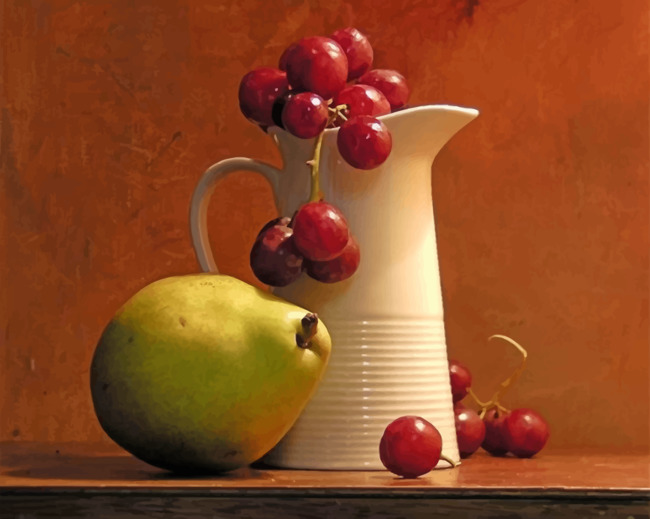

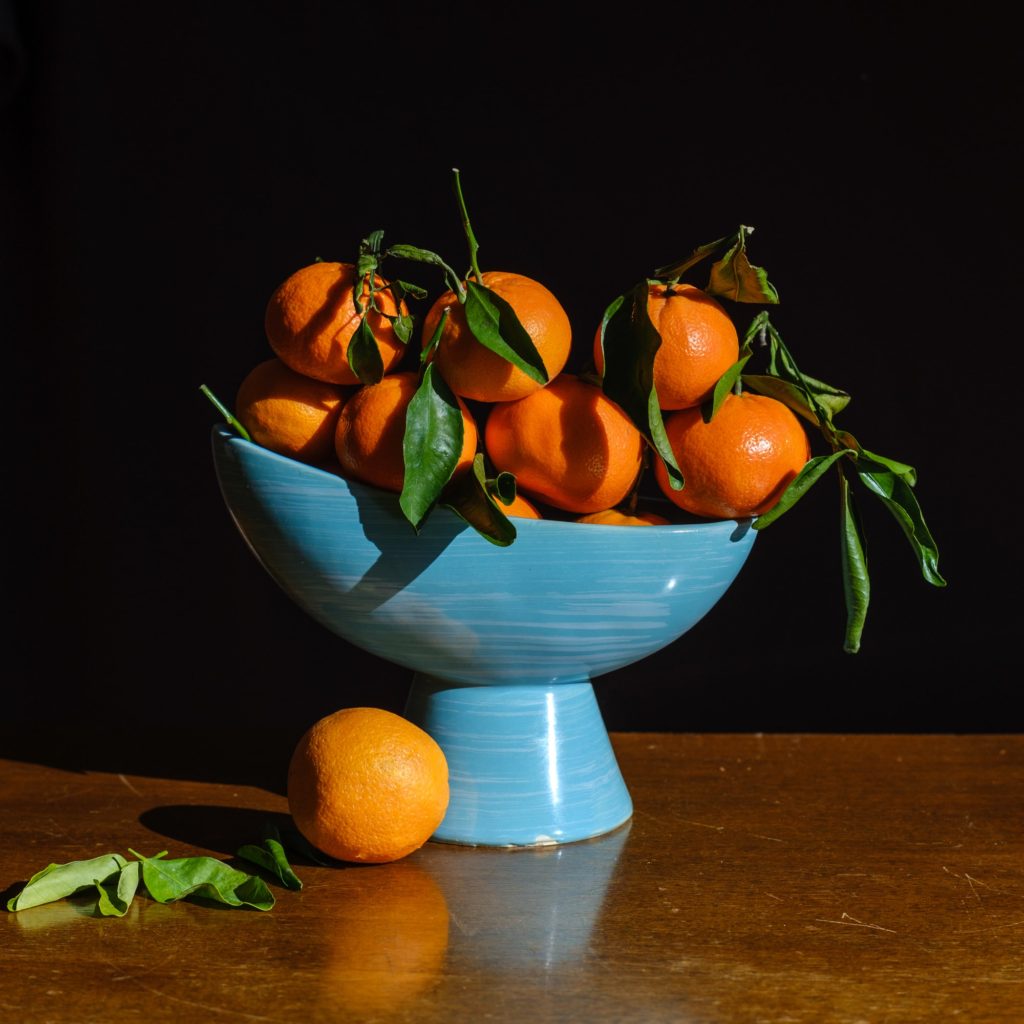
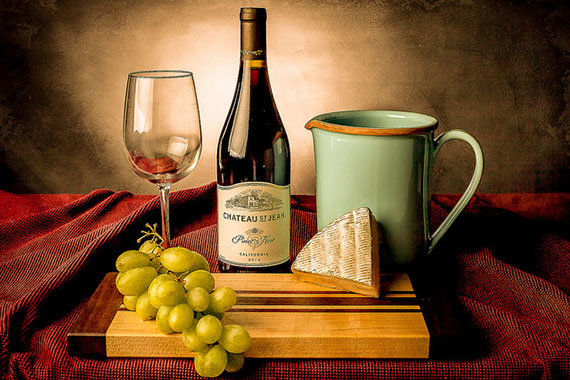

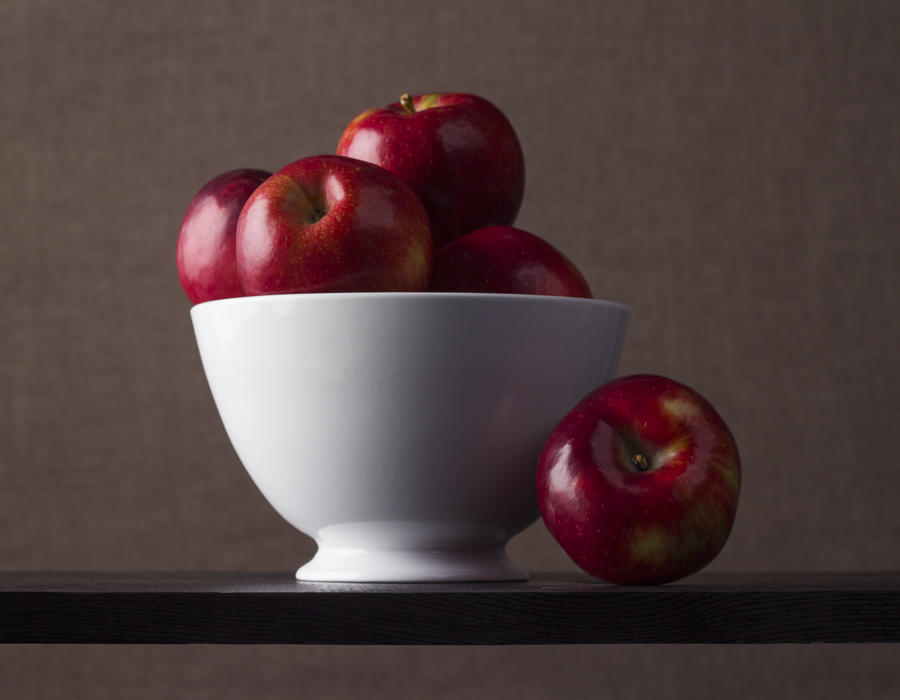
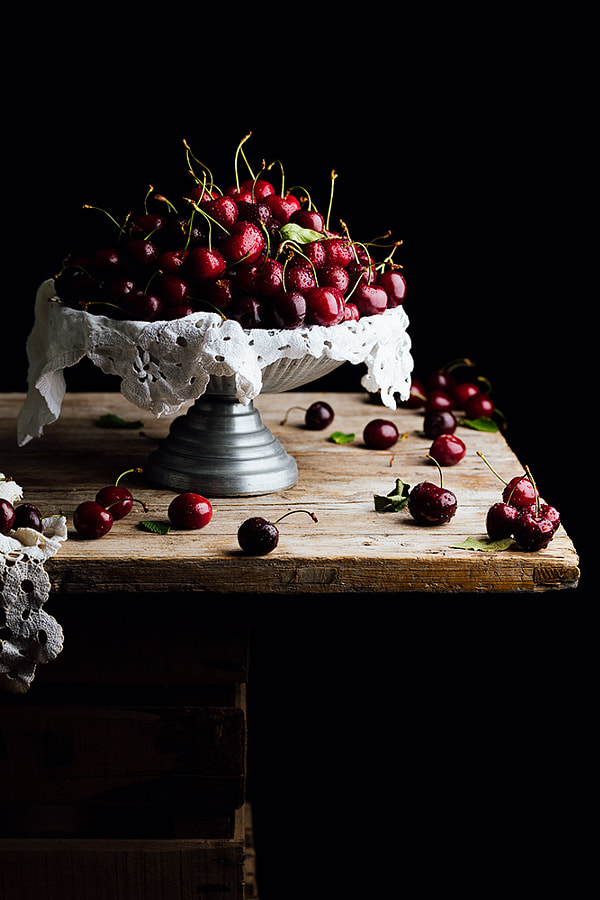

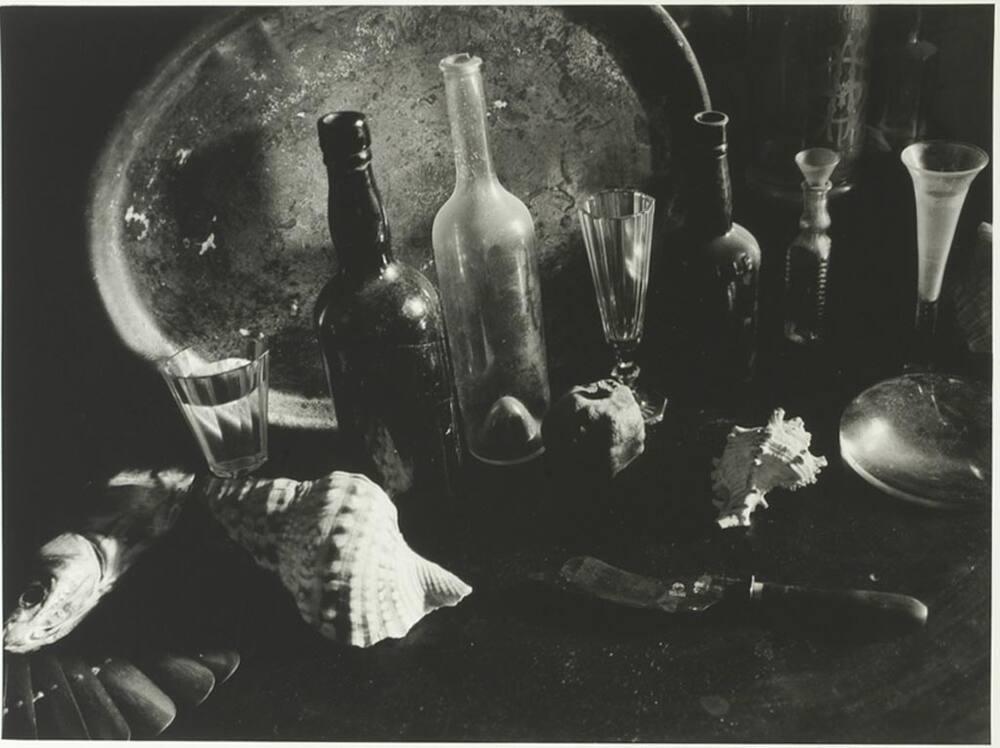
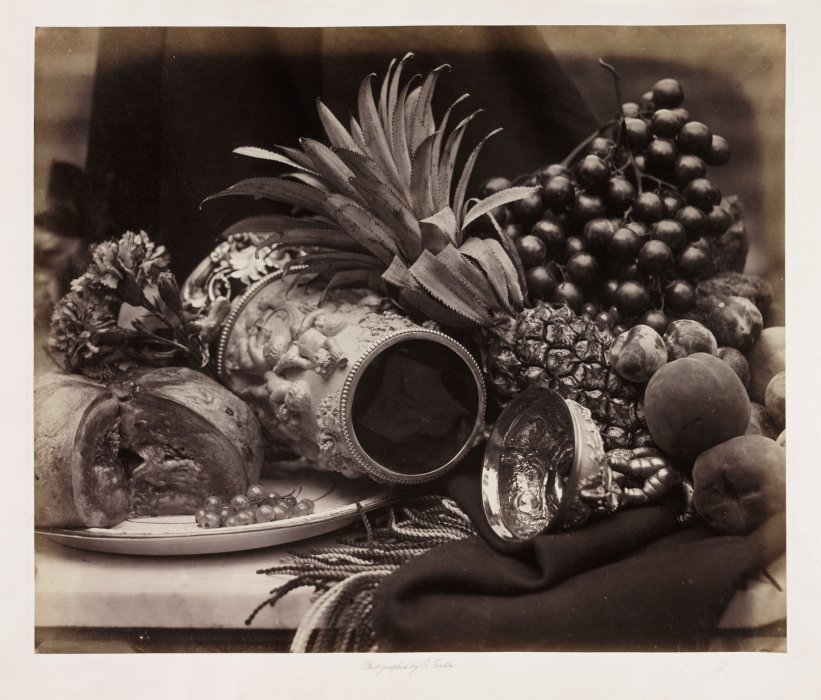
Hi Greta, you are more or less on track with work and every piece of work that you produce is done with thought and care. Make sure you check in with us if you need any extra help or support.